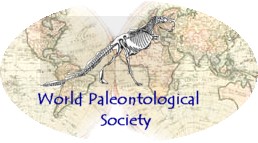
...they chewed and chewed
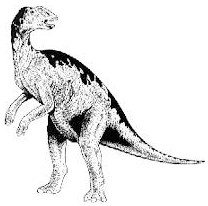
for maximum dimension
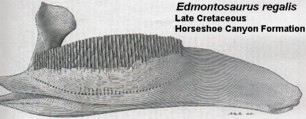


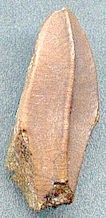

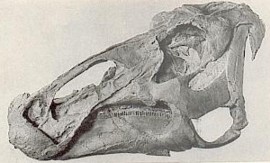
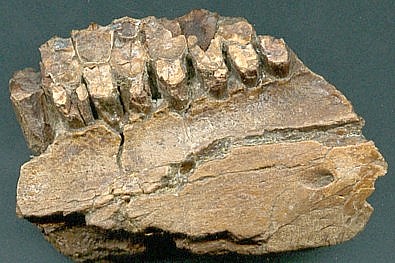
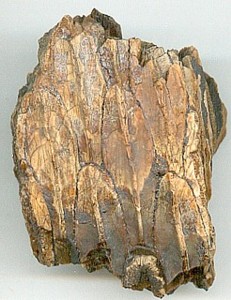
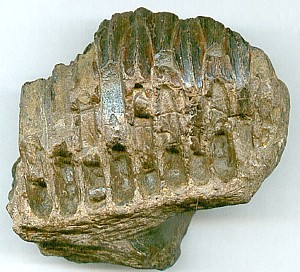

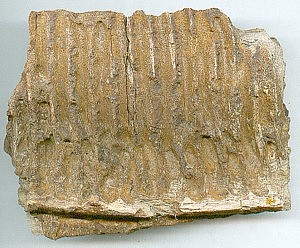
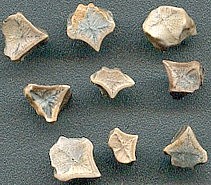
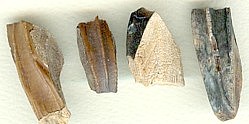
Cretaceous room
 |
|||||||||||||||||||||||||||||||||||||||||||||||||||||||||||||||||||||||||||||
| Hadrosaur Teeth ...they chewed and chewed |
|||||||||||||||||||||||||||||||||||||||||||||||||||||||||||||||||||||||||||||
 |
|||||||||||||||||||||||||||||||||||||||||||||||||||||||||||||||||||||||||||||
| Size given for maximum dimension |
|||||||||||||||||||||||||||||||||||||||||||||||||||||||||||||||||||||||||||||
| Hadrosaurs were the ultimate chewers. Estimates of up to 800 teeth were growing in their jaws. Up to 100 teeth were actually on the chewing surface! These batteries of teeth wore down quickly on a diet of conifers and other 'tough'Cretaceous plants. New teeth broke the surface to replace shed teeth. | |||||||||||||||||||||||||||||||||||||||||||||||||||||||||||||||||||||||||||||
 |
|||||||||||||||||||||||||||||||||||||||||||||||||||||||||||||||||||||||||||||
 |
|||||||||||||||||||||||||||||||||||||||||||||||||||||||||||||||||||||||||||||
 |
|||||||||||||||||||||||||||||||||||||||||||||||||||||||||||||||||||||||||||||
| 3.5cm | |||||||||||||||||||||||||||||||||||||||||||||||||||||||||||||||||||||||||||||
| 5cm | |||||||||||||||||||||||||||||||||||||||||||||||||||||||||||||||||||||||||||||
 |
|||||||||||||||||||||||||||||||||||||||||||||||||||||||||||||||||||||||||||||
| Corythosaurus | Gryposaurus | ||||||||||||||||||||||||||||||||||||||||||||||||||||||||||||||||||||||||||||
 |
|||||||||||||||||||||||||||||||||||||||||||||||||||||||||||||||||||||||||||||
 |
|||||||||||||||||||||||||||||||||||||||||||||||||||||||||||||||||||||||||||||
| 4cm | |||||||||||||||||||||||||||||||||||||||||||||||||||||||||||||||||||||||||||||
| 4cm | |||||||||||||||||||||||||||||||||||||||||||||||||||||||||||||||||||||||||||||
| Kritosaurus | |||||||||||||||||||||||||||||||||||||||||||||||||||||||||||||||||||||||||||||
| Edmontosaurus | |||||||||||||||||||||||||||||||||||||||||||||||||||||||||||||||||||||||||||||
| Who is who? the above skull of Edmontosaurus represents one of many hadrosaur species. Isolated teeth, as the 4 above, are difficult to identify to species level. These identifications are tentative. Age of deposits and formations help with an 'educated guess'. | |||||||||||||||||||||||||||||||||||||||||||||||||||||||||||||||||||||||||||||
 |
|||||||||||||||||||||||||||||||||||||||||||||||||||||||||||||||||||||||||||||
| This Hadrosaur jaw section illustrates the flat chewing surface. These teeth have been ground flat by a diet of tough, woody vegetation such as conifers | |||||||||||||||||||||||||||||||||||||||||||||||||||||||||||||||||||||||||||||
| @ J. LeBlanc | 15cm | ||||||||||||||||||||||||||||||||||||||||||||||||||||||||||||||||||||||||||||
 |
|||||||||||||||||||||||||||||||||||||||||||||||||||||||||||||||||||||||||||||
 |
|||||||||||||||||||||||||||||||||||||||||||||||||||||||||||||||||||||||||||||
| These teeth are on the 'lingual' surface (facing the interior). Empty 'slots' on the bottom contained unformed teeth that have eroded from jaw fragment. | |||||||||||||||||||||||||||||||||||||||||||||||||||||||||||||||||||||||||||||
| Teeth in jaw fragment. These teeth are arranged in rows. They never reached the chewing surface before the death of the Hadrosaur. If eroded out of the jaw fragment they would appear unworn | |||||||||||||||||||||||||||||||||||||||||||||||||||||||||||||||||||||||||||||
 |
|||||||||||||||||||||||||||||||||||||||||||||||||||||||||||||||||||||||||||||
| 14 cm | |||||||||||||||||||||||||||||||||||||||||||||||||||||||||||||||||||||||||||||
| Hadrosaur jaw section showing chewing surface. Dental foramnifera allowed passage of blood and nerve vessels. Intact 'lingual plate' covers unerupted batteries of teeth. | |||||||||||||||||||||||||||||||||||||||||||||||||||||||||||||||||||||||||||||
 |
|||||||||||||||||||||||||||||||||||||||||||||||||||||||||||||||||||||||||||||
| Hadrosaur. Jaw section with tooth channels. This is how jaw sections are usually found...minus the teeth and with eroded lingual plate (see above specimen). | |||||||||||||||||||||||||||||||||||||||||||||||||||||||||||||||||||||||||||||
| 12 cm | |||||||||||||||||||||||||||||||||||||||||||||||||||||||||||||||||||||||||||||
 |
|||||||||||||||||||||||||||||||||||||||||||||||||||||||||||||||||||||||||||||
 |
|||||||||||||||||||||||||||||||||||||||||||||||||||||||||||||||||||||||||||||
| Worn teeth from a variety of Hadrosaur species | |||||||||||||||||||||||||||||||||||||||||||||||||||||||||||||||||||||||||||||
| View of chewing surfaces of shed Hadrosaur teeth. | |||||||||||||||||||||||||||||||||||||||||||||||||||||||||||||||||||||||||||||
| Return to the Cretaceous room |
|||||||||||||||||||||||||||||||||||||||||||||||||||||||||||||||||||||||||||||